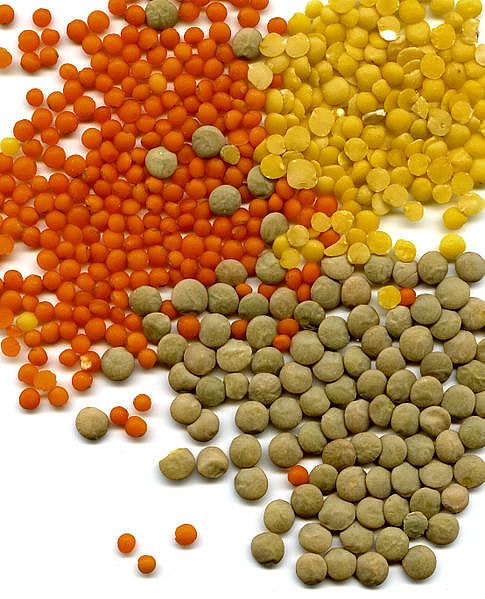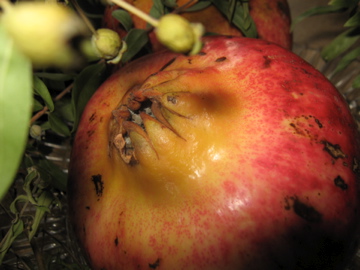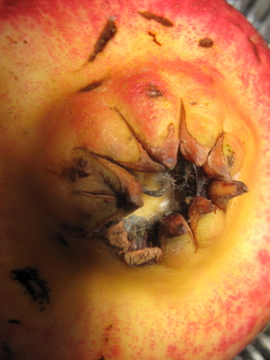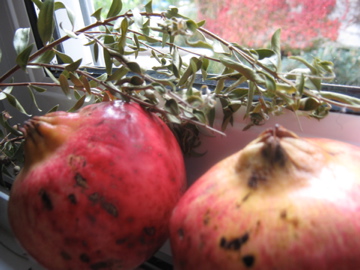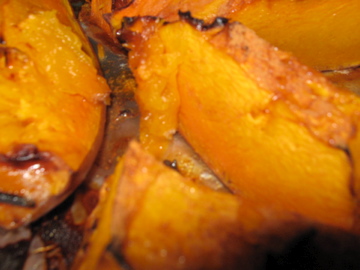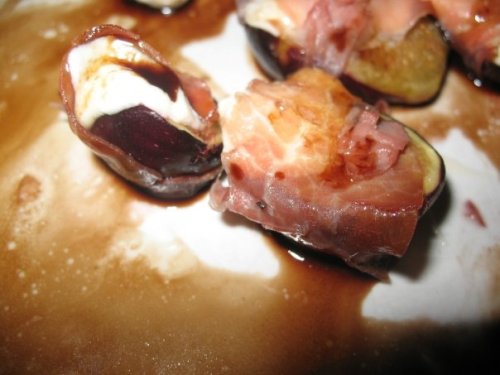I’ve been extra busy lately. I’m basically in Subtitles Hell– every 5 seconds of the 90 minute film needs a new set of subtitles. Ugh.
When I know I’ll be stuck at my computer all week, I like to make a big pot of something one day to eat from for at least 3 more days. Does that sound boring? If it’s something I’m really in the mood for, I like it this way.. And I switch things up at dinner.
I’m back on the health kick, and making an effort to eat more vegetable and non-meat main dishes. Those who know me are laughing right now, because I am a true carnivore. In all of it’s bloody, artery clogging glory! But as much as I love me a steak, it really does feel good to eat veggies.
I thought a lentil was a grain, but it’s actually a “pulse”- a bean from the legume family of plants. There is a huge variety of them in many different colors. Lentils are a great source of protein and good carbs. They also carry iron, fiber, Vitamin B1 and minerals.
In French, Meditteranean and American restaurants, I often see lentils in a salad, or as a side to salmon. In India, the Middle East, and South American countries lentils are often combined with rice in a stew, as they have a similar cooking time. A very common dish in Greek households is a lentil soup/stew. Every month or so, I get really in the mood for it and find it very comforting. So here is a comfort food that isn’t 90% fat. 🙂 Can it be?
Here is my grandmother’s Lentil Soup Recipe:
1 lb lentils
3 quarts water
1 -2 diced carrots
1- 2 diced celery stalks
1-2 diced onions
(the reason I write 1-2 for the veggies is because some like veggies in a higher ratio to lentils than others, your choice. I personally up the veggies a lot).
2 minced cloves of garlic
2 bay leaves
1 cup diced tomato with juices (can be from can if necessary)
vegetable broth/cube
S&P
1 can V8 juice-optional
dash vinegar-optional
- Rinse Lentils in a colander to clean
- Put lentils in a big pot with the 3 quarts water and let boil.
- Once the water is boiling, reduce heat- skim any foam that appears at the top
- Sautee veggies and garlic with bay leaves in a pan with a few drops of olive oil
- Add veggies and diced tomato to the lentils, along with one veggie cube.
- Let boil for 35-45 minutes. Add S&P to taste.
- You can add V8 juice at the end for some extra oomph! Some add a dash of vinegar as well, although I do not like this.
Enjoy! Mine is boiling now. It’ll give me the healthy carbs, proteins, and nutrients I need for excersizing later! Jillian Michaels is gonna kick my butt with her DVDs…damn her and her squats.
